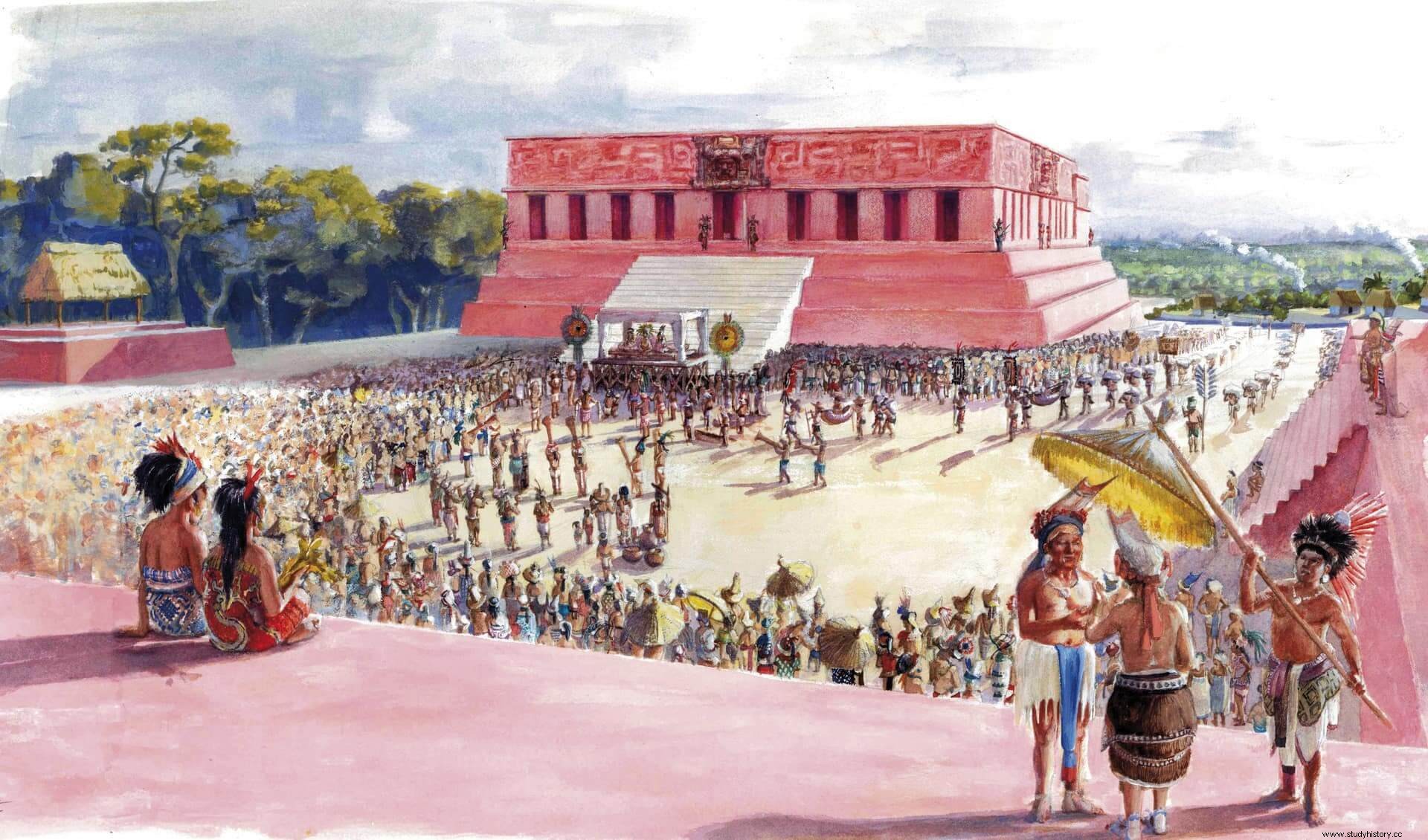
The Mayans that inhabited the Mopán Valley in pre-Hispanic times (Guatemala) built urban settlements of remarkable architecture. Among them stand out La Blanca and Chilonché , investigated for more than fourteen years by the La Blanca Project, under the direction of Dr. Cristina Vidal Lorenzo from the University of Valencia and Dr. Gaspar Muñoz Cosme from the Polytechnic University of Valencia, and financed by the Ministry of Culture and Sport of Spain and the Palarq Foundation.
Its palace-style buildings rival in size and construction quality those of the capitals of the great Mayan kingdoms, such as Tikal or Naranjo. In fact, in the Palacio de Oriente de La Blanca The widest vault so far recorded in the area is found, which gives us an idea of the solemnity of the meetings that must have been held inside this main room.
Furthermore, the walls of these palaces were covered withstucco and painted with colorful scenes, especially those of Chilonché . Years later, some of these walls were also filled with graffiti. Most are incised drawings made by expert hands, among which characters and scenes starring the elite are distinguished. which very well could have taken place inside the rooms where they are still preserved. Others, on the other hand, reproduce activities typical of daily life , such as hunting.
Along with the experienced architects and painters who worked in both La Blanca and Chilonché, the sculptors' guild stands out, in charge of decorating the facades of the buildings with striking stucco sculptures and reliefs. foundations on which the buildings were built. In the case of Chilonché , this tradition dates back to the Early Preclassic (300-250 AD), a period in which monumental sculpture predominates with representations of fantastic creatures, closely linked to the birth of a new political order in the region. The ones we find in La Blanca –a settlement founded at a later time– are reliefs carved in stone with the mosaic technique and complex designs, through which the Mayans tried to symbolize mythical events or other essential aspects of their thought.
In short, the presence of architects and builders capable of erecting the monumental palaces with the largest vaults in the Mayan area, and that of other specialists dedicated to painting, sculpture and other arts, tells us about a highly developed society , which generates economic surpluses and allocates part of those resources to architecture and artistic production. Undoubtedly, the inhabitants of the Mopán Valley benefited from the wealth provided by the control of the trade routes that ran through the rivers.
The excavation work and enhancement of this exceptional cultural heritage by the La Blanca Project They have allowed this ancient Mayan city to be visited by travelers from all over the world, since it has the necessary resources, safeguarding and interpreting, to be admired as one of the most unique archaeological ruins in Guatemala .
Of all this, the Palarq Foundation echoes permanently through its website and from the different profiles it has on social networks (Twitter, Facebook, Linkedin).
